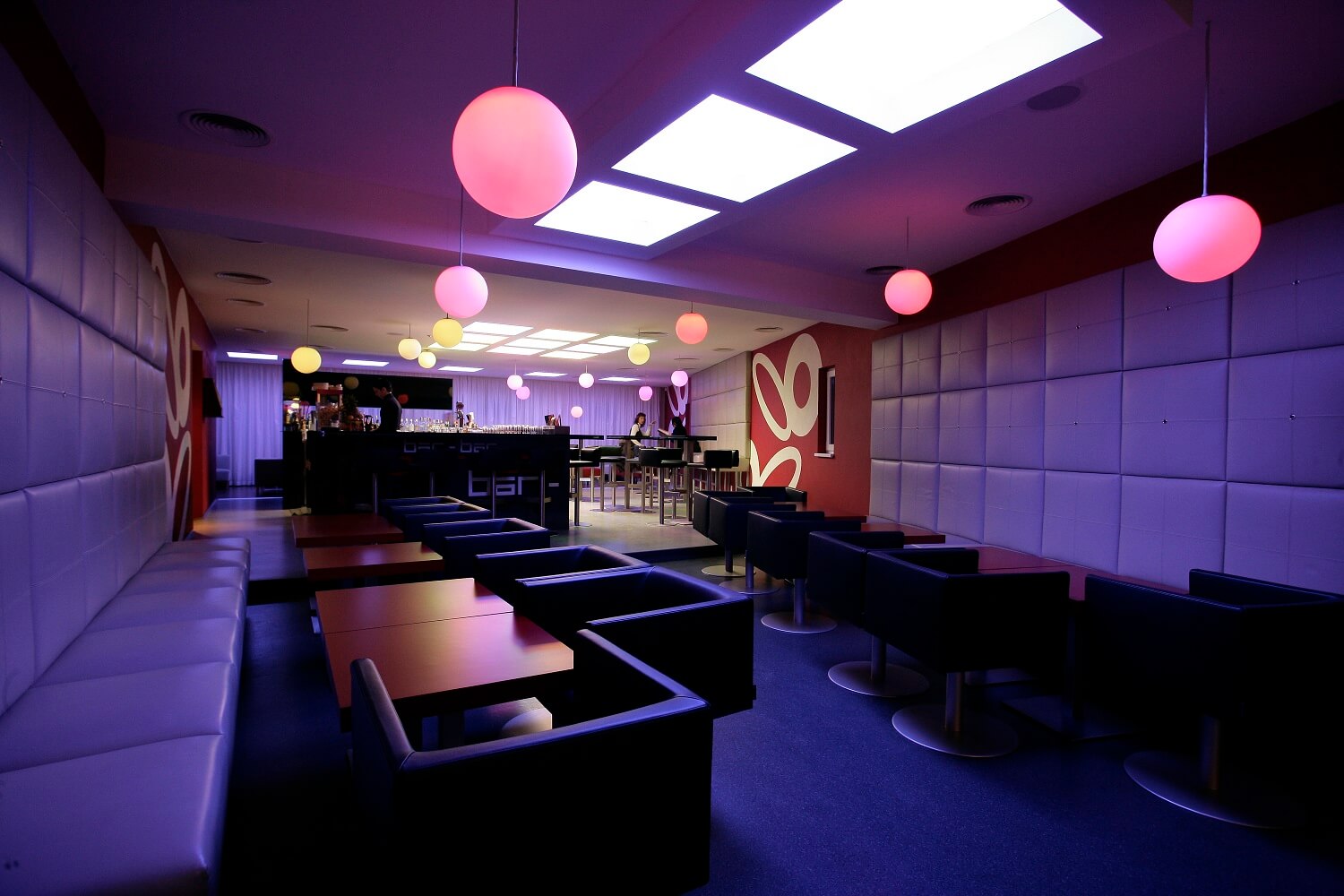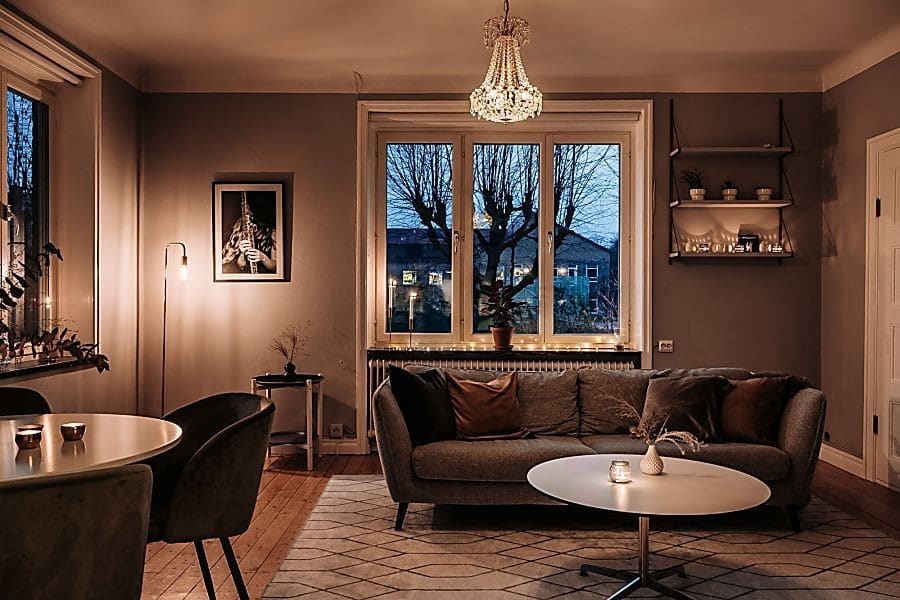

You can consult a lighting designer to find appropriate light fixtures to match your tastes and budget. Now that you know the types of layers for your light, you need to know the right questions to ask. Similarly, a wall sconce can be used as both accent and task lighting. For instance, downlights can be used as both general illumination and accent lighting. Some fixtures can function as two layers of lighting at the same time. Keep in mind that this doesn't mean you have to use separate fixtures for each layer when choosing your own lighting.

Commonly used task lights are table and floor lamps, desk lamps, under cabinet lighting, bathroom vanity lighting, and pendant lighting above smaller areas such as a kitchen island, the one shown in the picture to the right. For example, if you typically read in your favorite chair near the bookshelf, you may want a floor lamp or swing arm sconce for better reading light. The light should remove distracting shadows and be glare-free, as well as bright enough to prevent eyestrain. When choosing light for this particular layer, you should first evaluate what is done in that designated area. Task lighting, the final layer of lighting design, provides illumination for specific tasks performed in an area. Types of fixtures typically used for accent lighting include wall sconces, track lighting, uplighting, and even LED tape lighting or rope lights installed in coves and under counters for toe-kick lighting. Accent lights also act as secondary light sources to chase away the gloom and fill in the places where ambient light can’t reach. According to “Lighting Your Life” from the American Lighting Association (ALA), accent lighting is most effective when the light creating the focal point is three times as bright as the surrounding space. The second layer of light is known as the accent lighting layer or “decorative” layer because it allows you to highlight points of interest in your interiors such as architecture, artwork, or any other features that can’t be made more prominent just with ambient lighting.

That’s why the next two layers of light are crucial in lighting design. This type of general lighting is typically uniform and, dare we say, boring. In commercial lighting, fixtures such as recessed lights, troffers, and panels are commonly used. Typically, ambient lighting is created by using overhead lighting such as pendants, semi-flush/flush mount ceiling fixtures, ceiling fans, or chandeliers. The ambient lighting layer, also be referred to as the “general lighting” layer, gives your room overall illumination that provides an adequate visual of the entire area.
Ambient light for room how to#
So that you can get a good idea of how to use ambient, accent, and task lighting in your own home, we’ll break each of these layers down by explaining their function and what kind of light source or fixtures can be used to create them: While having all three layers of lighting in public restrooms and dressing rooms isn’t always considered a priority, it should be when it comes to your own home and any other area where a balanced and comfortable ambiance is desired. Have you ever been inside a department store dressing room or a dim restaurant bathroom and wondered why the reflection you’re looking at seems less than appealing? It may be because these locations tend to lack multiple layers of lighting, causing unflattering shadows instead of even washes of light. Just as an interior designer would layer colors or fabric, lighting designers use three layers of light – ambient, accent, and task lighting – to enhance a room’s visual appeal. Having stylish furniture in a room that’s been feng shui-ed to your heart’s desire won’t have nearly the same effect if the only illumination you’re using is a single table lamp or wall sconce. When decorating the interior of a space, lighting – one of the most important elements of interior design – is often neglected.


 0 kommentar(er)
0 kommentar(er)
